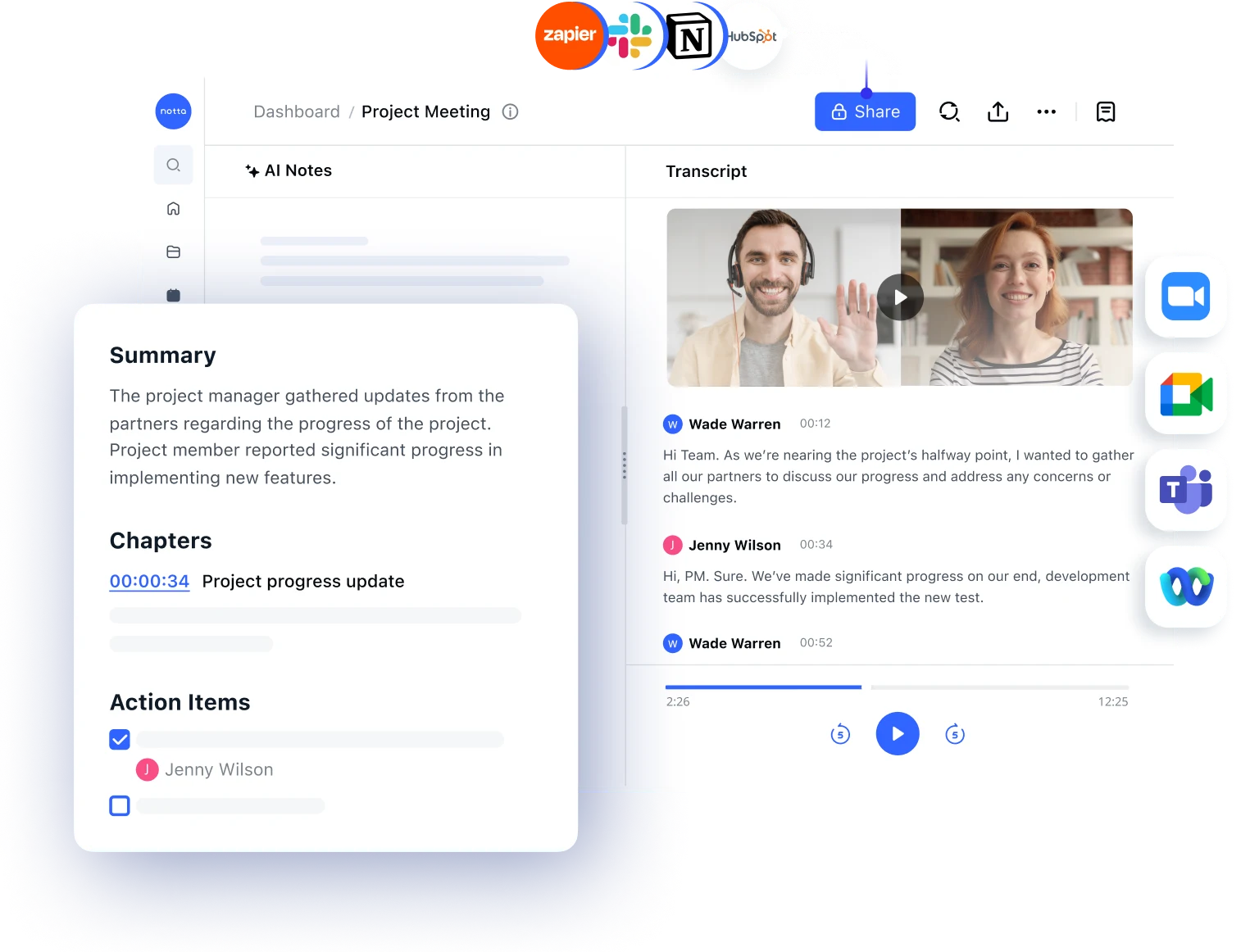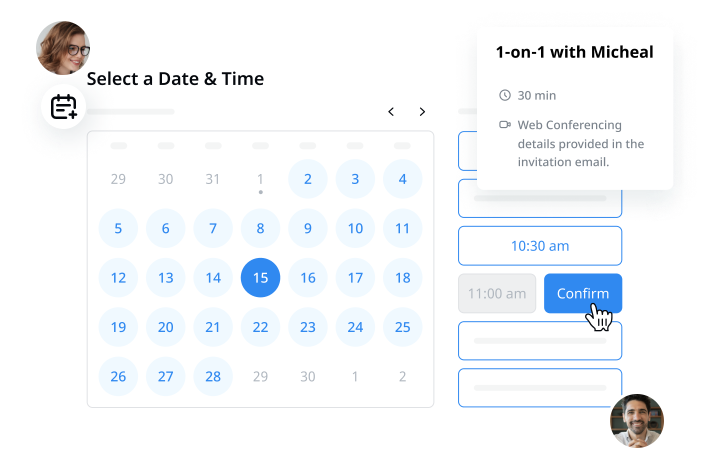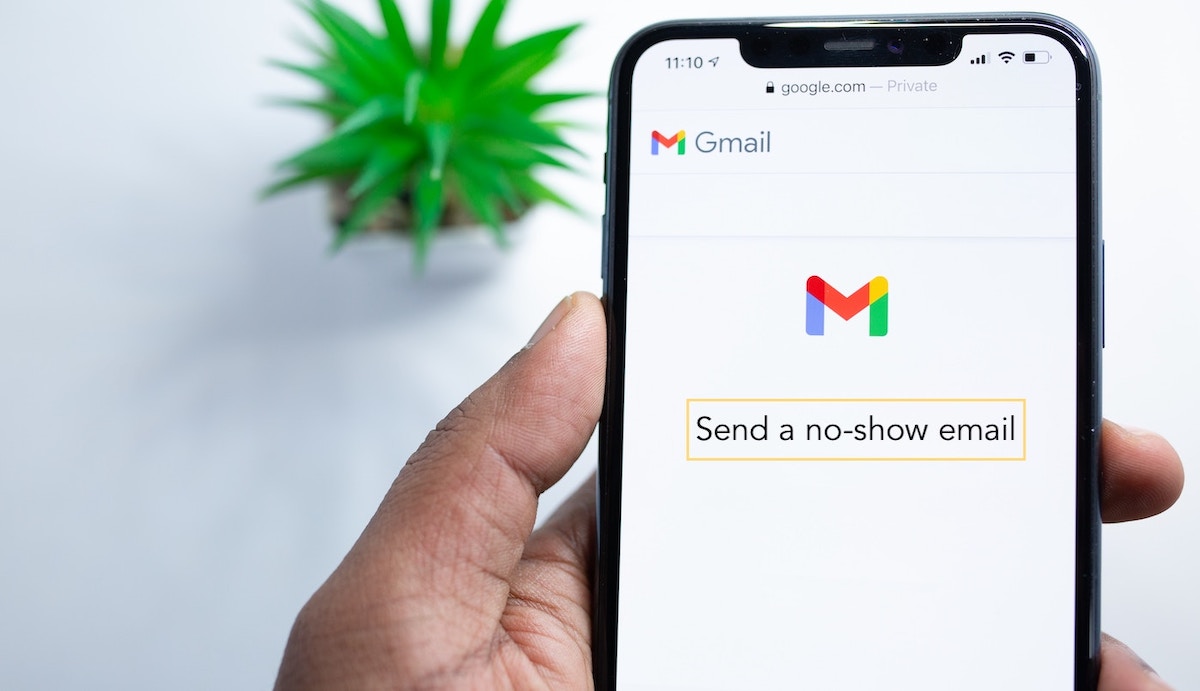I understand how annoying you may feel when people don’t show up to a scheduled meeting, especially after you put in effort in all the planning and prep work.
But sometimes, things happen, and people forget stuff. In such instances, it's beneficial to shoot them a follow-up email. It enables you to schedule a new one or inform the absentee what happened during the meeting.
Keep reading this article to pick up helpful tips to email someone who missed a meeting. Plus, we've got some no-show email templates to help get things back on track with your team member, client, or prospect.
What is a no-show email?
A no-show email is a follow-up message sent to someone who fails to attend a meeting or appointment without prior notice. The email usually includes a polite inquiry about why they were absent and proposes scheduling a new meeting time or finding alternative ways to communicate moving forward.
Another objective of a missed meeting email is to give the person a rundown of the topics discussed during the meeting and any crucial information they should know. A well-written no-show email is crucial in maintaining efficient communication and ensuring everyone is on the same page, even if one party is missing.
Tip: If you have used the Notta ai note taker to record the meeting conversations with a complete text transcript, you can include the recording link in the email so the absentee can get first-hand information about the meeting.

Capture every detail with AI meeting notes
Notta offers the most integrated AI meeting notes, summaries, and action items so nothing gets missed.
When should you send a no-show email?
It may be appropriate to wait a few minutes after the scheduled meeting time, especially if there was a miscommunication or technical issue that prevented the person from attending.
In the first 10 minutes of the meeting, you can try to contact the person via text or even a phone call and if there is no response, it can be assumed that they won't join. At this point, it is safe to send them a no-show email.
It's essential to send the no-show follow-up email promptly and within an hour or two of the scheduled meeting time, this increases the likelihood of rescheduling.
How to politely email someone who missed a meeting?
When reminding someone about a missed meeting, it's important to be polite and professional, while also clearly conveying the message. A no-show email to a client should include the following elements:
Start with a greeting. Address the recipient appropriately such as "Hi [Name]," or "Hello [Name]".
Politely acknowledge the missed meeting, such as “I noticed that we weren't able to connect for our meeting yesterday.” This also helps the prospect remember the meeting.
Include relevant meeting content, such as the updated meeting agenda or links. This can help persuade your teammate, prospect, or customer to recognize the meeting's value.
Suggest the next step. Offer a suggestion on how to move forward, such as a reschedule.
We’ve also listed some tips on writing a missed meeting email.
1. Keep it polite
Very often, an email can be misinterpreted.
Nick Morgan, a speaking coach and author, states that individuals assume their messages are comprehended by others 90% of the time, yet the exact percentage is only 50%. It is because an email lacks the presence of emotions and body language.
So, take a polite and understanding tone when composing a follow-up email even if you are a bit upset, this will build a better relationship.
2. Avoid guilt trips
Trying to guilt-trip your prospects for missing a meeting should be avoided. The other person might feel unnecessarily pressured and might hesitate to collaborate in the future.
It is also possible that they had a valid reason for not being able to make it to the meeting. Therefore, it's unnecessary to shame or embarrass them. Instead, try to understand the situation without getting emotional and work with them to devise a solution.
3. Don’t harass the prospect
As a sales representative, it can be disheartening when a potential customer fails to attend a scheduled meeting, but it's crucial now to harass them.
No one wants to be email boomed. Send an email on the day of the missed meeting and then wait a few days before reaching out again. Also, don’t try to contact the client on multiple channels, including social media platforms or voicemail, which might be annoying.
4. Explain what happened
Being upfront and honest in your no-show follow-up email is beneficial in building trust.
While acknowledging that the person missed the scheduled meeting, explaining what happened when the other person didn't attend the meeting might be helpful. Just give them your perspective, like "I tried calling you but couldn't get through" or "I waited in the video call but didn't see you join." Adopting this approach allows you to offer factual details without appearing accusatory, promoting improved understanding and communication between both individuals involved.
5. Highlight alternative communication channels
If the person misses the meeting, you can offer an alternative platform. For instance, if you had planned an in-person meeting, you could propose a video or phone call instead. Also, if the meeting was supposed to be over the phone, you could ask if exchanging information via email would work better. Addressing missed appointments increases the likelihood of productive meetings.
6. Offer rescheduling options
To avoid future no-shows, it's recommended to provide the person with the opportunity to reschedule at the end of your email. A helpful approach is to share your availability with the person, as this allows them to choose a time and date that suits them best. By doing this, the chances of a successful meeting can be increased while also minimizing the likelihood of a no-show.
How to avoid someone missing appointments?
To prevent individuals from missing appointments, you can incorporate the following strategies.
1. Use a meeting scheduler
Meeting scheduler software is designed to assist you in arranging the time and place for meetings and appointments. It can synchronize with your calendar and send you a notification email when the event is about to begin. These features let you keep track of your schedule and stay organized, decreasing the chances of missing important meetings.
Notta Scheduler is one of the tools to schedule meetings effortlessly. It seamlessly integrates with your Google calendar. You can create an event and set the meeting duration, time zone, and available time for prospects to book an appointment.

Here is how to schedule an event with Notta:
Log in to Notta or sign up for free.
Click 'Scheduler' on the left pane, then click 'Create my first event'. Connect to your calendar and finish the set up.
Now start creating the scheduling event: set the meeting duration, time zone, and your available time for others to book the event; click 'Create'.
Lastly, copy the event link and share it with guests.
After the event is scheduled, an email notification will be sent to both sides and it will appear in the calendar.
2. Send a meeting reminder before the scheduled time
A timely reminder before the meeting is a great way to boost participation and ensure attendees are well-prepared for the session. Include the following in your reminder email:
A concise subject line that communicates the purpose of your reminder email to recipients before they even open it.
The time and date of the meeting.
Other relevant information, such as documents they could bring to the meeting.
Here is a detailed guide to writing a meeting reminder email.
Never miss a meeting again
Create shareable events that connect with your calendar automatically using Notta's meeting scheduler.
No-show email templates
Check out these no-show email templates that you can use for following up with the other party.
Template 1: A standard no-show email template
Hi [RECIPIENT'S NAME],
Looks like we missed each other in today's [meeting name]. I called you twice and didn’t receive a response, so I left a voicemail.
I was hoping to discuss [TOPIC] further and thought a quick meeting could help. Are you available sometime [TIME FRAME] for a follow-up chat?
You can suggest another time if it doesn't work for you. Please schedule the call through this link [LINK].
Best regards,
[YOUR NAME]
Template 2: A no-show email to a prospect
Dear [RECIPIENT'S NAME],
I hope this email finds you well.
I had a meeting scheduled with you for [time of meeting] today, but it seems we've missed each other.
I understand that things can come up unexpectedly, but I wanted to check in and see if we can reschedule? I’d love to show you how [service/product] can benefit your company.
To make scheduling easier, please use this [LINK] to book the best time for you.
Thanks for taking the time, and keep me posted if there are any changes.
Best regards,
[YOUR NAME]
The tips and templates in this article ensure that dealing with a no-show is more manageable. By sending an email to someone who missed a meeting, you can potentially salvage the business relationship and reschedule for further discussion.


